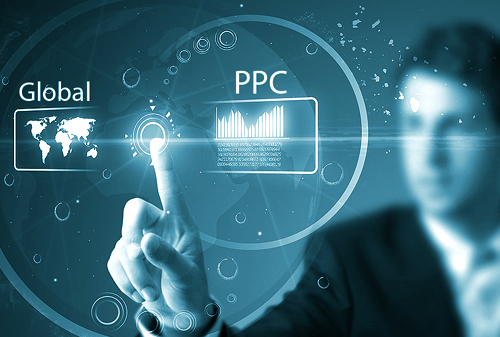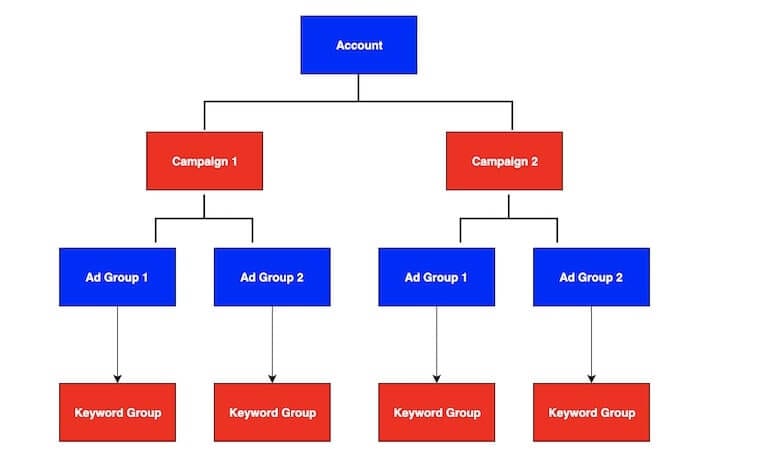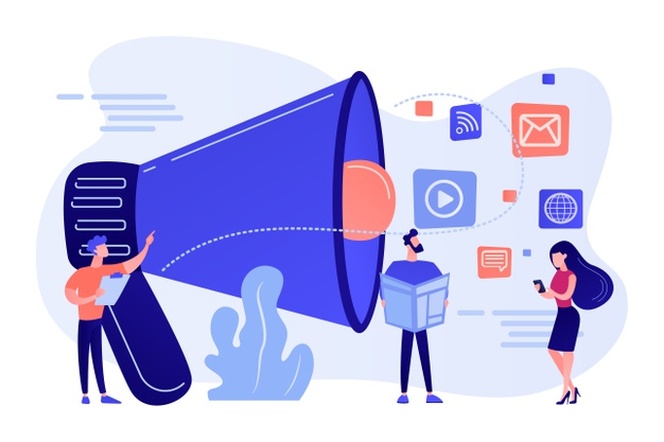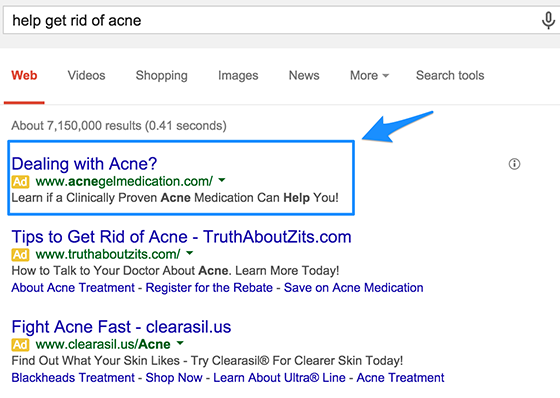Online shopping is more in-demand than ever, and it’s evident in the increasing number of marketers investing in PPC campaigns. In 2021, Google reported a $53.1 billion revenue which accounted for 81% of the overall sales of its parent company, Alphabet.
When done successfully, PPC—short for pay-per-click—can result in a better ad placement in the search engine result pages (SERPs), which in return can help you drive traffic to your site and generate leads. But, keep in mind that ad placement is only as good as the ad structure itself. When a campaign is not structured correctly, it may not produce the results you expect.
What is an Account Structure?
Account structure is essential to the success of your PPC efforts. But, what does it mean anyway and why does it matter? Put simply, your structure is the backbone of your account that supports many other parts of your PPC campaign, including its overall performance.
In its basic form, an account structure includes campaigns, ad groups, keywords—both targeted and negative keywords—and an ad copy. The number of campaigns you run can depend on several factors such as the following:
- The products and services you offer
- The network you use—search, display, maps, shopping, etc.
- Locations to target
- Your budget
Each campaign houses different ad groups, each of which targets a specific set of keywords that will trigger a set of ads. Each ad also includes a landing page where you want to direct users to after they click. All these components should be themed and relevant to ensure that the searches triggering your ads are useful to the users. With that said, a basic account structure should look like this:
How to Structure Your PPC Campaign in 2023
The success of your account structure largely depends on your understanding of each component involved. Let’s discuss them further.
1.Campaigns
Your campaign is the topmost category your ad groups will fall under. It may be defined by the types of product you offer, your location, or your target audience. For example, if you are a printing business, you can use your products and services as your campaigns and specify them further in the categories that follow.
2. Ad Groups
Under each campaign are your ad groups which are exactly just that: groups of ads that share similar targets. You can use them to organize your ads by a common theme—usually based on the types of products or services you want to advertise.
Advertisers usually base their ad groups on how they are categorized on their websites. Let’s say you offer corporate gifts and photo prints. You can use them as your ad groups, and each would contain a keyword list that focuses on the products you sell.
While there’s no limit to the number of ad groups to list under a campaign, PPC ad specialists advise against going overboard. It will not only stretch your ad budget but also suffer the results. The golden rule is to keep within the maximum limit of 7-10 ad groups per campaign.
3. Keywords
When a search query matches with a keyword that you target, it will trigger an ad that can potentially attract clicks to your site. It means that your keyword list must be composed of the words and phrases your target users are most likely to search for your product or business: thank-you kits, corporate shirts, custom notebooks, personalized stationery, etc.
Several tools can help you build your keyword list such as Google’s Keyword Planner. It provides insights into search volume and trends, the historical data of keywords, and more importantly, how much it would cost you to bid on specific terms. This information can help you fine-tune and optimize your keyword strategy in the long run.
4. Negative Keywords
While there are target keywords, there are also negative keywords—terms and phrases you want to exclude from your campaigns. This is particularly useful if you’re bidding on broad match and/or modified broad match keywords where you’re more likely to attract some completely irrelevant search queries that match with your ads.
Keep building upon your negative keywords list to keep irrelevant searches from triggering your ad and save money in the process. It can also help increase your ROI by better targeting your ads towards interested users.
5. Ad Text
An ad text is a copy that will appear when a search query triggers your ad, and one of the secrets to writing one that actually gets clicked is by focusing on the end goal. What can users accomplish with your product/service?
As a printing business that offers corporate gifts, your target audience is more likely to search for phrases like “how to promote my business”. Your headline shouldn’t start with “promoting your business?”—besides being obsolete, you already know that they are. Instead, speak to their end goal by providing the solution to what they’re looking to achieve. Write your headline like this: Promotional Gifts for Your Business.
6. Landing Page
The destination URL is the page on your website where you want to direct your PPC traffic. It can be your home page, service page, or blog. However, because of the cost associated with each PPC visitor you attract, you would want to drive them to a dedicated landing page with a lead generation form on it.
Make sure that the landing page is relevant to the search query. As a user, you wouldn’t want to be served an ad about a publication house when you’re searching for a printing business, would you?
In conclusion, a simple account structure should look like this:
Why Campaign Structure Matters
PPC campaigns are designed for targeting users with already an intent to buy. With paid ads, you can target these users—but only if you target them with an ad copy that matches their intent.
Grouping your keywords into relevant themes allows you to write a better campaign. When all the above factors are tied together, you can help improve your quality score, a metric that can help you secure an ad placement in the SERPs and generate leads.
If you’re new to Google Ads, don’t worry! As a digital marketing agency in the Philippines, we know the strategies that can help you find success with your PPC campaigns.
Get in touch with us today!













